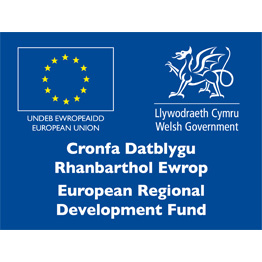Welsh Manufacturer’s Continuous Strive to Advance Technologies Proves Rewarding as Industry-Academia Collaboration Results in Significant Job Growth
Weartech International Ltd. is a global leader in the manufacturing of wear-resistant cobalt, nickel, and iron-based alloy coatings and components. Its headquarters are in Anaheim, California (USA), with manufacturing plants in Anaheim and Port Talbot (Wales, UK).
Weartech International Ltd’s 2017 turnover was £12 million of combined cobalt and nickel based hard facing rod and cast components.
The collaborative project with ASTUTE 2020 aims to support weartech’s ambition to potentially increase Weartech’s market share (up to 30% increase on orders), taking the company to a potential £15m turnover in the future.
It is expected that through engagement and collaboration with ASTUTE 2020, Weartech’s advanced manufacturing knowledge will increase, and, alongside certain improvements, be applied more widely to the production, providing additional gains for weartech.
Challenges
Sand casting is one of the most widely used casting techniques, accounting for more than 70% of all metal castings and is ideal for large components in small quantities. It is used for casting complex metal parts of nearly any alloy across a wide range of sizes and weights.
The main challenges Weartech and ASTUTE 2020 sought to address were:
- Identifying the material properties of the specified alloy, e.g. viscosity and thermal conductivity;
- Validating the numerical set-up by using specifically designed experiments;
- Study the influence of the mould tilted angle.
Solution
The collaboration looked at the process operating conditions in the sand casting process, the filling stage and the solidification stage.
The investigation into the filling stage is critical in several aspects, for example, the configuration optimisation and the metal wastage analysis. The aim is to eliminate the surface turbulence of the molten alloy to obtain a high quality casting product. Applying the mould tilted angle is one of the most effective methods to achieve this goal, especially for large size castings.
Sand casting mould was supplied by Weartech and the collaborative research has been focussing on two main areas:
- Molten alloy filling features for different mould tilting angles;
- Propose an optimised tilting angle range for the current production mould.
The present study was conducted using advanced computational modelling, where the casting filling process has the following features:
- Filling time is short and usually within 12s;
- Temperature of the molten alloy is high and usually above 1500 °C; with temperature dependent material properties.
- Molten alloy filling cannot be observed in the experiment as the process is covered by the sand mould.
Impact
The output of the current research could help Weartech to reduce reject rates.
The project provided Weartech with improved understanding of the computational moulding simulations applied to various casting processes, and the performance of the alloy used in the casting process.
Therefore, Weartech has the potential to cut direct manufacturing costs, improving profitable manufacturing at the factory. This could make Weartech more competitive in the market and increase their current market share not only through a competitive, streamlined process but also through a reputation for high quality products.

